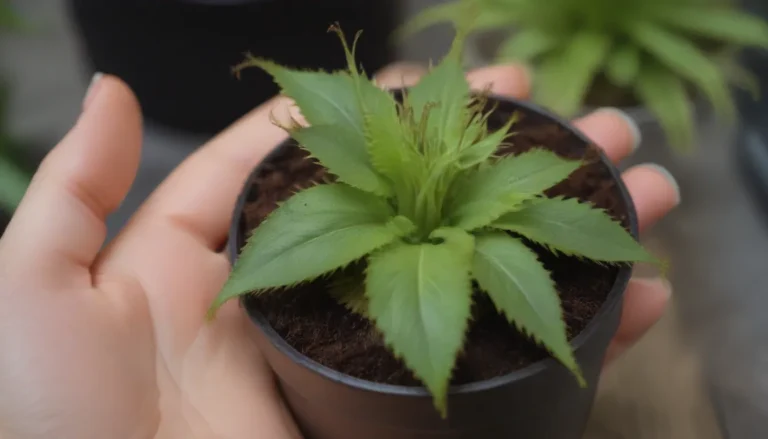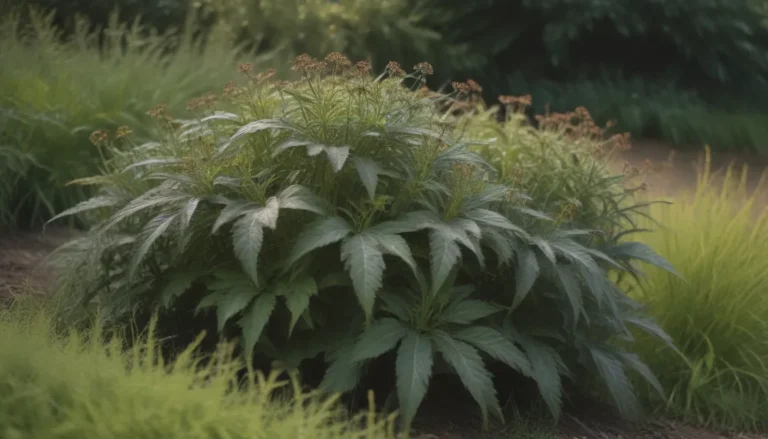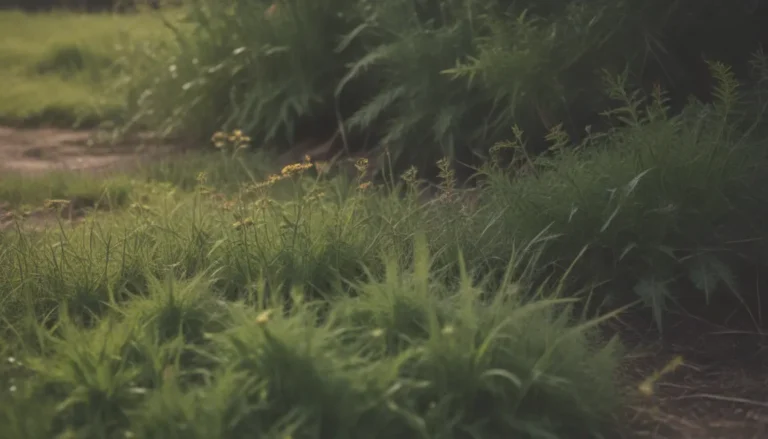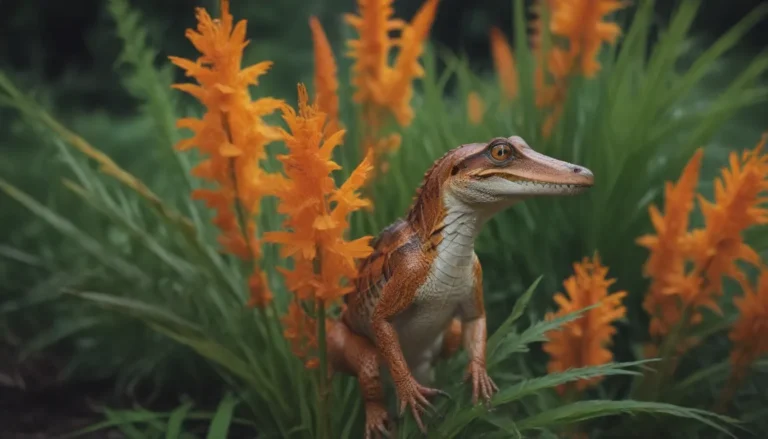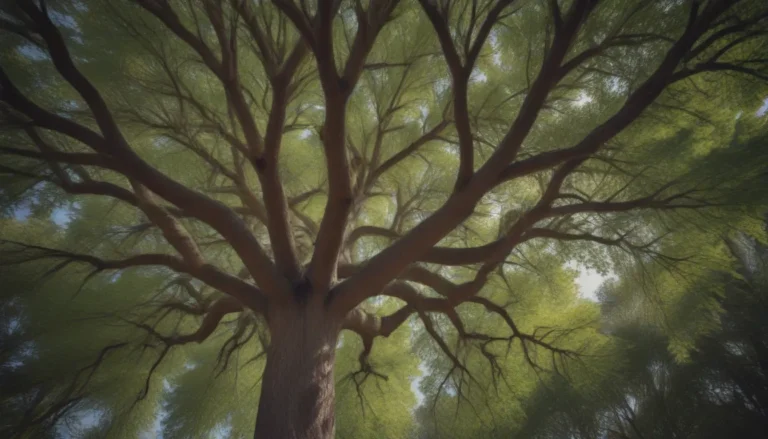The Ultimate Guide to Growing and Caring for River Birch Trees
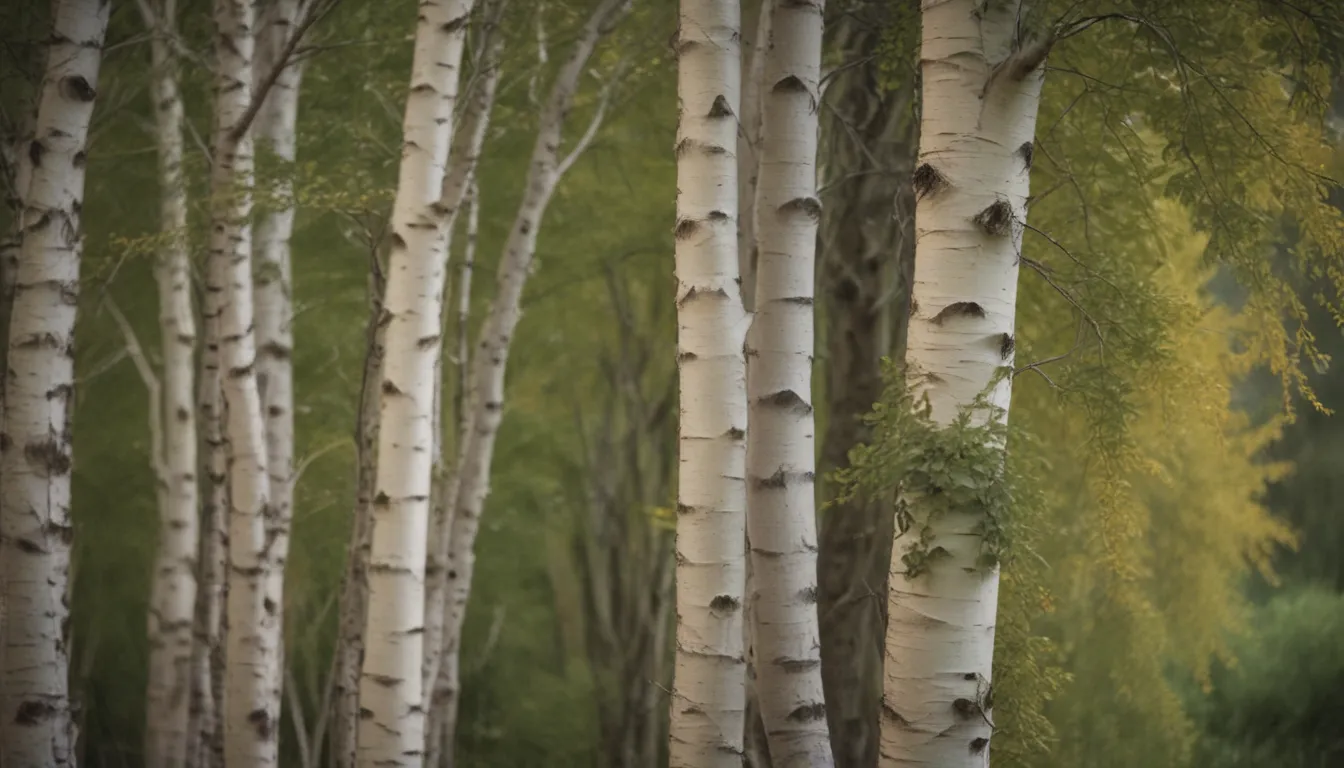
Are you looking to plant a fast-growing shade tree with beautiful white bark and salmon-red inner layers? Look no further than the river birch tree (Betula nigra). This deciduous tree is known for its stunning bark and compact form, making it a popular choice for many landscapes.
In this comprehensive guide, we will walk you through everything you need to know about how to grow and care for river birch trees. From planting and watering to pruning and propagating, we’ve got you covered with all the essential tips and tricks to help your river birch thrive.
River Birch Tree Care Tips
When it comes to caring for river birch trees, there are a few key requirements to keep in mind. Here are the main care tips to help your river birch tree flourish:
Light: River birch trees thrive in full sun to part shade locations, so be sure to plant them where they can receive at least six hours of direct sunlight each day.
Soil: It’s essential to plant river birch trees in consistently moist, acidic soil with a pH between 5.0 to 6.5. Avoid alkaline soils and ensure that the soil stays damp to prevent yellowing leaves.
Water: Water your river birch tree deeply for two to three hours once a week, especially if the soil is not naturally moist. Mulching can help retain moisture and protect the roots from drying out.
Temperature and Humidity: River birch trees grow best in USDA zones 4 to 9 and prefer humid weather over dry climates. They have good tolerance for warm conditions but perform better in regions without blistering summers.
Fertilizer: Only fertilize your river birch tree if it shows signs of distress. A spring feeding with a slow-release granular fertilizer can help strengthen weakened trees. Follow the product label instructions for the right amount to use.
Types of River Birch Trees
River birch trees belong to the Betula birch family and are native to the swamplands and floodplains of the eastern United States. While the native species can grow up to 60 to 80 feet tall, several named cultivars offer improvements and variations in growth patterns. Some popular varieties include:
- Heritage
- Summer Cascade
- Fox Valley
- Shiloh Splash
- Dura Heat® (‘BNMTF’)
Pruning and Propagating River Birch Trees
River birch trees are self-pruning, making them low-maintenance when it comes to pruning. However, if you need to trim your tree, it’s best to do so in fall and winter to avoid attracting pests like bronze birch borers. When propagating river birch trees, you can either collect and plant seeds or take stem cuttings to root and grow new trees.
Common Pests and Diseases
One of the benefits of river birch trees is that they are relatively trouble-free compared to other birch species. While they may occasionally experience issues with aphids or fungal leaf spot diseases, serious problems are rare. Keep an eye out for common pests like birch leafminers and diseases like bronze birch borer, and address any issues promptly to maintain the health of your tree.
Troubleshooting Common Problems
If you notice yellowing leaves, puckered or distorted leaves, or a large tree dying back, it may be a sign of underlying issues like iron chlorosis or aphid attacks. Address these problems promptly to prevent further damage to your river birch tree. Remember that river birch trees have a lifespan of 50 to 75 years and may drop twigs and catkins throughout the year.
How to Get River Birch Trees to Bloom
River birch trees typically produce male and female catkins, with blooms appearing in the spring. If your tree fails to bloom, it may be due to temporary environmental factors like frost or drought. Monitor your tree’s health and provide the necessary care to promote blooming in future seasons.
Conclusion
In conclusion, river birch trees are a beautiful and versatile addition to any landscape. With the right care and maintenance, these fast-growing trees can thrive for years to come, providing shade, beauty, and wildlife habitat. Whether you’re planting a native river birch or a named cultivar, follow these tips to ensure your tree’s success and enjoy the natural beauty it adds to your outdoor space. Happy gardening!
